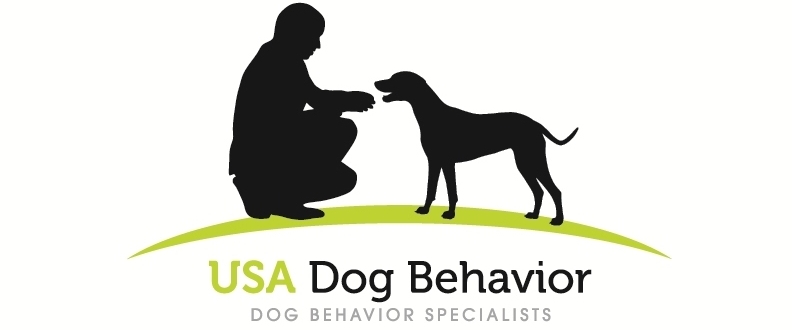Ep. 40 Why Your Dog is Aggressive to Dogs When On-Leash, but Not Off-Leash
Ep. 40 Why Your Dog is Aggressive to Dogs When On-Leash, but Not Off-Leash
© Scott Sheaffer, CBCC-KA, CDBC, CPDT-KA, USA Dog Behavior, LLC
Is your dog sweet as pie off-leash, but turns into a barking, lunging maniac the moment you clip on the leash? This is a common issue many dog owners face, known as leash reactivity. This episode of the Grumpy Dogs Podcast aims to uncover the mystery behind this frustrating behavior and offer practical tips to manage it.
The Root Cause of Leash Reactivity
The primary cause of leash reactivity in dogs is fear. This might come as a surprise to many dog owners, but the aggressive behavior you see is often a defensive response. Dogs need a certain distance, known as the threshold distance from other dogs to feel safe. When they are on a leash, they cannot create this distance, which leads to aggressive behaviors like barking and lunging to make the other dog move away.
While some breeds are overrepresented in leash reactivity, the issue is not unique to any one breed. It’s a common behavioral problem that needs to be addressed by understanding the dog's fear and taking steps to manage it.
The Role of the Physical Environment
When a dog is on a leash, they lose the ability to move away from what scares them. Being tethered to their human means there's no escape route, which exacerbates their fear and leads to aggressive behaviors. This "offense is the best defense" strategy is a survival tactic. Dogs learn that if they bark, lunge, or growl at the scary thing—usually another dog—the other dog will likely move away. This perceived success reinforces the aggressive behavior.
In contrast, when dogs are off-leash, they can move freely and create their own safe distance from other dogs. This freedom helps them manage their fear better, which is why many dogs that are leash-reactive appear to be perfectly fine in off-leash environments like dog parks.
The Owner's Response Matters
Dogs are incredibly perceptive and can pick up on their owner's anxiety and tension. If you're tense and anxious during a walk, your dog is likely to mirror those feelings and become even more reactive. This is why it’s crucial for dog owners to remain calm and composed, especially when they see another dog approaching.
The type of leash and collar used can also impact a dog's behavior. Retractable leashes can give dogs inconsistent distance and boundaries, increasing their anxiety. A standard leash, around four to six feet in length, provides a clear understanding of their range and helps maintain control. Prong, choke, and shock collars can worsen the behavior and should be avoided.
Training and Socialization
Proper training and socialization are key to managing leash reactivity. Socialization isn't just about exposure to other dogs; it’s about positive experiences with other dogs, done slowly and properly. Training should focus on rewarding calm behavior and helping the dog understand that walking on a leash can be a positive experience.
Dogs that haven't been properly trained or socialized may be more prone to reactivity. Training should be done with a confident and relaxed owner to help the dog feel secure. If you’re struggling with this issue, seeking help from a qualified and certified canine behavior specialist is highly recommended.
Practical Tips for Managing Leash Reactivity
1. **Maintain a Calm Demeanor**: Your dog picks up on your emotions. Stay calm and composed to help your dog feel more secure.
2. **Use a Standard Leash**: Avoid retractable leashes and opt for a standard leash to give your dog a clear understanding of their range.
3. **Positive Reinforcement**: Reward your dog for calm behavior on walks. Treats and praise can go a long way in reinforcing good behavior.
4. **Seek Professional Help**: A certified canine behavior specialist can provide personalized strategies to manage and decrease your dog's reactivity.
5. **Create a Secure Space**: Subtle environmental adjustments can help. Choose quieter walking routes and avoid crowded areas to reduce your dog’s anxiety.
Conclusion
Leash reactivity is a common but manageable issue. By understanding the root causes and making small adjustments to your walking routine, you can help your dog feel more secure and transform those fearful walks into peaceful strolls. Remember, every dog is different, and what works for one may not work for another. The key is to be patient and consistent with your training efforts.
If you find this episode enlightening, subscribe to the Grumpy Dogs podcast (also available in video on YouTube) so you won’t miss future episodes. Your subscription helps support the sharing of valuable knowledge that can make a world of difference in our interactions with dogs.
Visit USA Dog Behavior for additional articles, videos and other resources. Join our community of dedicated and informed dog owners.

